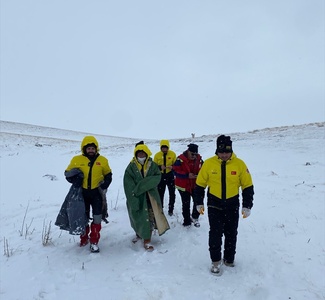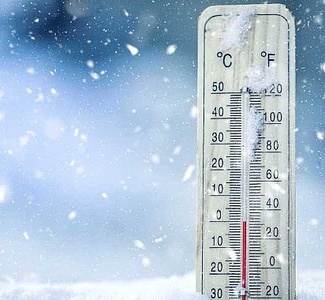At least 11 dead in Legionnaires' disease outbreak in Poland
An outbreak of Legionnaires' disease in the southeastern city of Rzeszow in Poland has resulted in the tragic deaths of 11 individuals, as revealed by health authorities on Monday.

 Google News'te Doğruhaber'e abone olun.
Google News'te Doğruhaber'e abone olun. The investigation is currently focused on examining the water supply system as a potential source of the disease.
Adam Sidor, representing the regional health inspection service, informed the press that a total of 144 cases of the disease have been officially confirmed, out of which 11 have unfortunately proved fatal.
In response to the outbreak, the authorities in Rzeszow, a city with a population of approximately 200,000, have taken escalated measures to disinfect various areas while concurrently delving into the root cause of the crisis.
Legionnaires' disease, a condition not transmissible directly from person to person, stems from bacteria that can propagate within water and air-conditioning systems. The disease spreads through contaminated droplets and is particularly perilous for those with compromised immune systems, often inducing symptoms such as fever and pneumonia.
Adam Sidor expressed: "We are actively seeking the origin of the contamination. Presently, we are exploring the possibility of contamination within the hot and cold-water supply network."
In regard to the preliminary findings, out of the initial 105 water samples collected, half of the first 18 samples have tested positive for legionellosis bacteria. Nevertheless, this outcome is insufficient to definitively establish the water supply as the source of contamination. Adam Sidor emphasized: "At this juncture, we cannot affirm that the water supply is indeed the origin of the contamination. The forthcoming days will play a decisive role in this determination."
Legionnaires' disease, also known as Legionellosis, is a severe form of pneumonia caused by bacteria belonging to the Legionella genus. The disease was first identified in 1976 when an outbreak occurred during an American Legion convention in Philadelphia, hence the name "Legionnaires' disease."
The primary causative agent of Legionnaires' disease is the bacterium Legionella pneumophila. It can also be caused by other species of Legionella. The bacteria are naturally found in freshwater environments like lakes and rivers. They become a health concern when they multiply and spread in artificial water systems such as cooling towers, hot tubs, plumbing systems, and air-conditioning units. People contract the disease by inhaling tiny droplets of water containing the bacteria.
The symptoms of Legionnaires' disease are similar to those of pneumonia and can vary in severity. Common symptoms include high fever, chills, cough, shortness of breath, muscle aches, and headache. Gastrointestinal symptoms like nausea, vomiting, and diarrhea may also occur. The disease can range from mild to severe and may require hospitalization.
The incubation period—the time between exposure to the bacteria and the onset of symptoms—typically ranges from 2 to 10 days.
Individuals with weakened immune systems, such as older adults, smokers, people with chronic lung diseases (like COPD), and those with certain underlying health conditions, are at a higher risk of developing severe Legionnaires' disease.
Diagnosis is often based on clinical symptoms and confirmed through laboratory tests like culturing respiratory samples or detecting the genetic material of the bacteria in respiratory secretions.
Legionnaires' disease is treated with antibiotics, usually of the macrolide or fluoroquinolone class. Early treatment is crucial to prevent complications.
Preventive measures include maintaining proper hygiene and water management in facilities with water systems. Regular cleaning, disinfection, and maintenance of cooling towers, hot tubs, and plumbing systems can help prevent the proliferation of Legionella bacteria.
Outbreaks of Legionnaires' disease can occur when people are exposed to contaminated water sources in large buildings, hotels, cruise ships, and other places with complex water systems. Rapid identification of the source of contamination is important to prevent further spread.
It's important to note that Legionnaires' disease is not contagious from person to person. It's contracted by inhaling aerosolized water droplets containing the bacteria.
Legionnaires' disease remains a significant public health concern, and efforts to prevent outbreaks involve proper maintenance and management of water systems in various settings to minimize the risk of Legionella proliferation and subsequent infections. (ILKHA)



















































